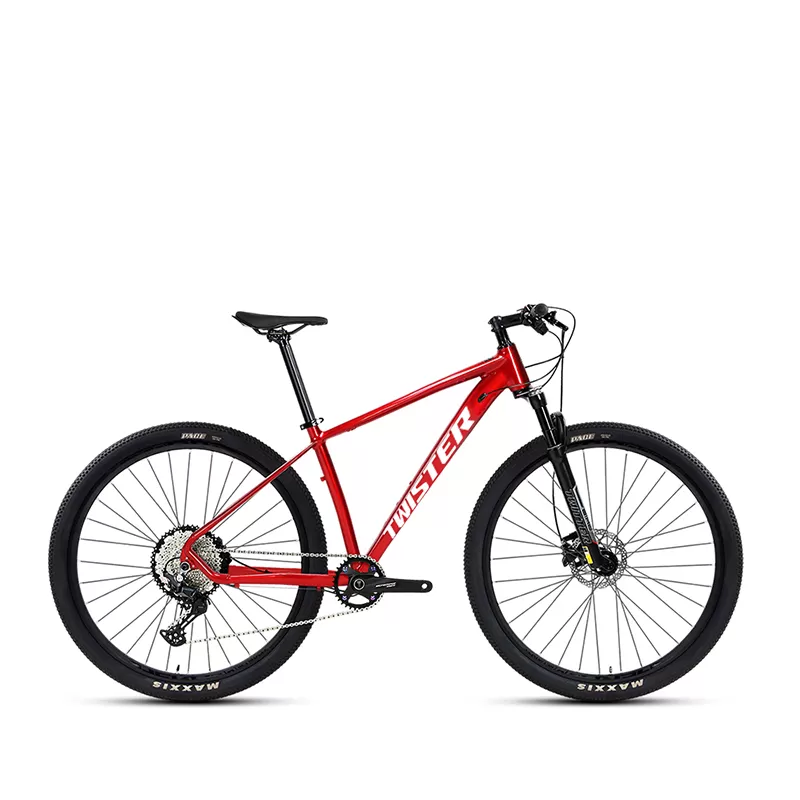Mountain bikes and road bikes are two distinctly different types of Bikes, each with unique characteristics due to differences in purpose, design, and performance. Below is a detailed comparison of mountain bikes and road bikes in terms of usage, appearance, components, and axle design.
Mountain bikes are primarily designed for off-road riding, suitable for muddy, rugged mountain trails, forest paths, and other complex terrains. The appearance of mountain bikes includes features such as wide tires, flat handlebars, and front and rear suspension systems, all aimed at enhancing comfort and control during rides. The wide tires provide better grip and shock absorption, ensuring stable riding on rough terrain. The handlebars are wider, facilitating precise control in complex terrains. The design of mountain bikes makes them excel on unpaved surfaces, but due to their heavier weight and wide, coarse tires, they have higher rolling resistance and lower efficiency on paved roads.
In contrast, road bikes are specifically designed for high-speed riding on flat roads. The main characteristics of road bikes include narrow tires, drop handlebars, and a lighter frame. The narrow tires effectively reduce rolling resistance, and the drop handlebars help riders maintain a low aerodynamic position, further increasing speed. Road bikes prioritize lightweight and aerodynamic efficiency, resulting in a sleek and streamlined design suitable for fast, long-distance riding on smooth, paved roads. However, road bikes perform poorly on mountainous or complex terrains due to the lack of suspension and wide tires, making them prone to losing control on bumpy surfaces.

Road bikes often use high-tech materials such as titanium alloy, carbon fiber, and high-grade aluminum alloy. These materials are not only lightweight but also have high strength and rigidity, effectively reducing the bike’s weight while improving stiffness and transmission efficiency. The lightweight design makes road bikes more efficient on flat roads and climbs, allowing riders to cover long distances at higher speeds with less effort.
Mountain bikes, on the other hand, use more robust and durable frames, which can be either hardtail or full-suspension. They are equipped with front forks, suspension systems, powerful braking systems, complex transmission systems, and durable wheels. These designs enable mountain bikes to handle various harsh riding environments, such as steep slopes, gravel roads, and muddy paths. The overall structure of mountain bikes is very sturdy, capable of withstanding significant impacts while offering high control and stability.

In terms of axle design, road bikes and mountain bikes also have noticeable differences. Road bike axles are designed to be slender, aiming to reduce weight and minimize friction resistance, aligning with the speed-oriented design philosophy. In contrast, mountain bike axles are more robust, providing better support and durability on uneven surfaces, ensuring safe riding on complex terrains.
Overall, mountain bikes and road bikes each have distinct characteristics and purposes. Mountain bikes are suitable for riders seeking off-road fun and control experience, while road bikes are more suitable for those who prioritize speed and efficiency. The differences in frame design, material selection, components, and axle construction allow each type to perform optimally in their respective environments. Therefore, choosing the right type of bikes for your riding needs is crucial.